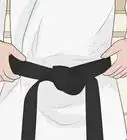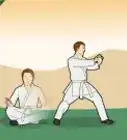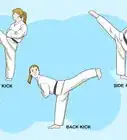This article was co-authored by Yvonne Mo. Yvonne Mo is a Fitness and Health Coach and Kung Fu Instructor. With more than 21 years of fitness industry and martial arts experience, she specializes in combining and teaching eastern and western fitness and health modalities, which include Tai Chi, sports acupuncture, Chinese medicine, and fire cupping. Yvonne received her Personal Trainer Certifications through both the National Strength and Conditioning Association and the American College of Sports Medicine.
This article has been viewed 54,912 times.
The basic karate punch in Shotokan. It is so direct, Iinear, and powerful that it can knock someone out with one punch. This is how you do it properly and powerfully.
Steps
Standing Punch
-
1Position yourself in a comfortable stance. You can be in Natural Stance, shizentai[1] , but you can also be in the lower, horse riding stance, kiba-dachi.[2]
- Confirm your legs are the correct distance. For Natural Stance your legs should be shoulder width apart.
- Keep your legs loose, ensure knees are soft/not locked.
-
2Close your fist and bring it to your hips, palm up. Your fist should be nesting against your side.
- Your fist should be horizontal, with your thumb crossing over your first 2 fingers.[3]
- Your body should be slightly relaxed but ready and focusing on the target.
- You should choose one of two targets. If you want to punch to the body, chuudan, aim for just below the ribs, called the solar plexus. If you want to punch to the face, jodan, aim for the face. For safety, or if you feel you lack control, your instructor may ask you to aim just below the face rather than at the face.
- Note punching at other parts of the body is not as effective.
- If you are not practicing with a partner, imagine an opponent of your size in front of you.
Advertisement -
3Punch completely straight. Imagine a straight line from your fist to your centerline.[4]
- Don't punch from outside your body, or else you won't have any strength to back up the hit.[5]
- Keep your elbows in to keep the punch straight. The elbow should brush against your side.
- Keep somewhat loose during the punch, until the very end.
-
4Connect with your target. If you are practicing with a person, "connect" means, you stop just before actually hitting them. If you are using a target, such as a makiwara, you of course want to actually hit it.
- Turn your fist over so the palm is now facing down.
- Lightly bend your elbow so it isn't locked.[6]
- Tighten your muscles as you land the punch.[7] Ensure you are tightening not just your fist and arm, but your buttock, legs and hips.
- Exhale. If you want, Kiai.
- If you are advanced, add the hip vibration technique to maximize your power.
-
5Repeat, or return to your starting position. Keep focus, do not go floppy.
Lunging Punch (Oizuki)
-
1Position yourself in front stance, zenkutsu-dachi. Ensure your legs are in the correct positions, shoulder width apart.
- If you look down at your front knee, you should see your knee is blocking your view of your foot. Your big toe should be just slightly to the inside, not 90 degrees but about 85.
- Have someone test your stance by giving you push or two, to make sure you keep your balance.
- Ensure your blocking hand is in front, and your punching hand is at nesting against your hip.
-
2Move forward for the punch. Pull your back leg forward until it is in the same line as your front leg.[8]
- Do not rise up. Keep your head at the same level the whole time.
- Keep your fist at your hip, same place.
- You can extend your blocking fist if you want, but that is optional.
- Move your back leg forward by sliding it, do not pick it up off the floor.
- Your back leg should not move straight forward, but should move towards the center as it moves towards your body.
-
3Lunge forward towards your target. Push off with your back leg, staying low, and keeping your fist nestled against your side.
- Ensure legs are softly bent, to give you maximum power from the lunge forward.
- Do not tense up.
- Focus on your target, be it body or face.
-
4Connect with your target. Roll your fist over to have your palm face down as you connect.
- Exhale or Kiai.
- Tighten your muscles as you strike. Your back leg should extend straight and your muscles should all tighten, so that the power flows from your feet all the way through to the punch.
- The front leg returns to shoulder width distance to land in a strong position.
-
5Return to your front stance position.
Reverse Punch (Gyaku-zuki)
-
1Know that the secret to an effective gyaku-zuki is in the hip rotation. The power is from the hips, just like it is in throwing a ball.
-
2Position yourself in front stance, zenkutsu-dachi. Ensure your legs are in the correct positions, shoulder width apart.
- Have someone test your stance by giving you push or two, to make sure you keep your balance.
- Ensure your blocking hand is in front, and your punching hand is at nesting against your hip.
-
3Rotate your body. Start the rotation with your hips.
- Your back leg is also adding to the force of the rotation.
- Come around quickly, leaving your fist palm facing up nested against your hip.
- Do not rise up, keep your head at the same height.
-
4Rotate your hand and connect with the target. Bring your fist around so that it faces down right before you connect.
- Hit on the center line of your target. Reverse punch using left hand or right hand should impact at the same place, in the center of the target.
- As you connect, lock your body for a moment as you tense up to make maximum force.
- Exhale or Kiai as you connect.
-
5Return to ready position, or repeat.
Community Q&A
-
QuestionWhat are the belts in karate?
 Joven_MageCommunity AnswerIn Don Jutsu Ru (karate), the belts are: White, Yellow, Orange, Green, Blue, Purple, Red, Brown III, Brown II, Brown I, Black, Black II, Black III, etc. The 9 different colors before black are to symbolize the 9 months before birth.
Joven_MageCommunity AnswerIn Don Jutsu Ru (karate), the belts are: White, Yellow, Orange, Green, Blue, Purple, Red, Brown III, Brown II, Brown I, Black, Black II, Black III, etc. The 9 different colors before black are to symbolize the 9 months before birth. -
QuestionWhat punches does Connor McGregor usually use in his MMA matches?
 Community AnswerThe punches Connor McGregor uses in his MMA matches are boxing punches. Karate Shotokan punches are only techniques, and are not very efficient for real fights. The concept developed from learning those punches are very important, though.
Community AnswerThe punches Connor McGregor uses in his MMA matches are boxing punches. Karate Shotokan punches are only techniques, and are not very efficient for real fights. The concept developed from learning those punches are very important, though. -
QuestionIs karate the same as kung fu?
 Community AnswerNot exactly. Karate is from Japan, while kung fu is from China. Karate is primarily a striking art, with punching, kicking, knee/elbow strikes, and open-handed techniques. There are many different styles of kung fu, but it usually features circular, fluid movements and moves that mimic the attacks of animals.
Community AnswerNot exactly. Karate is from Japan, while kung fu is from China. Karate is primarily a striking art, with punching, kicking, knee/elbow strikes, and open-handed techniques. There are many different styles of kung fu, but it usually features circular, fluid movements and moves that mimic the attacks of animals.
Warnings
- Follow your instructor's safety procedures.⧼thumbs_response⧽
- Be extra careful of hitting an opponents face/head. A hit to the stomach that is not full force is rarely dangerous.⧼thumbs_response⧽
References
- ↑ http://traditional-karate.com/karate-do/kihon-basics/tachikata-stances/#Shizentaidachi
- ↑ https://www.youtube.com/watch?v=eflcMXBNqWI
- ↑ Yvonne Mo. Fitness and Health Coach & Kung Fu Instructor. Expert Interview. 10 September 2021.
- ↑ https://www.youtube.com/watch?v=aCkKpnPNlIE
- ↑ Yvonne Mo. Fitness and Health Coach & Kung Fu Instructor. Expert Interview. 10 September 2021.
- ↑ Yvonne Mo. Fitness and Health Coach & Kung Fu Instructor. Expert Interview. 10 September 2021.
- ↑ Yvonne Mo. Fitness and Health Coach & Kung Fu Instructor. Expert Interview. 10 September 2021.
- ↑ https://www.nlshotokankarate.com/2014/03/21/oi-tsuki-a-simple-punch/
- ↑ http://www.karatebyjesse.com/how-move-like-karate-expert/
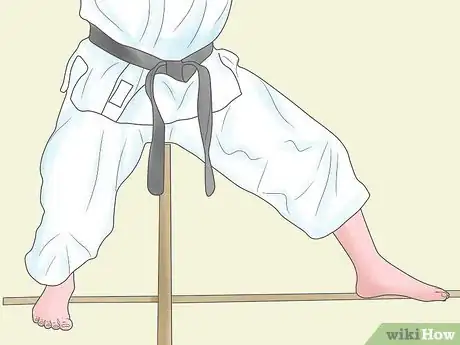
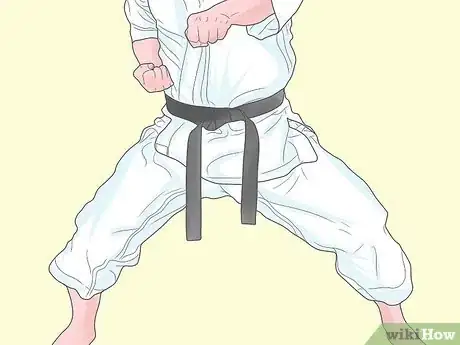
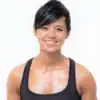
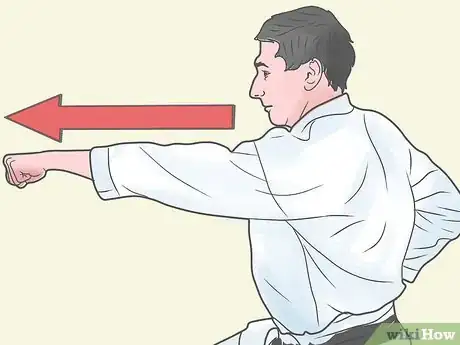
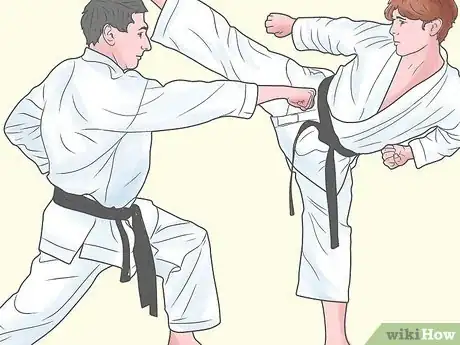
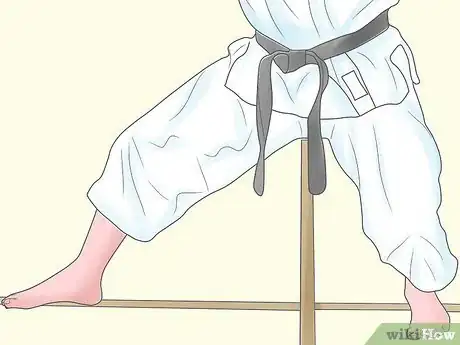
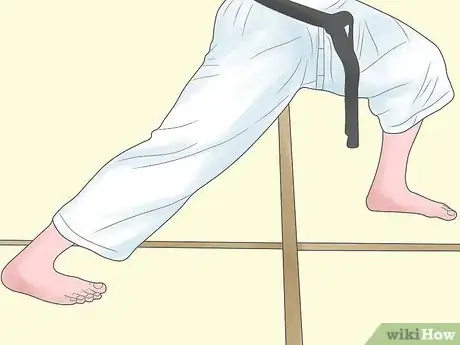
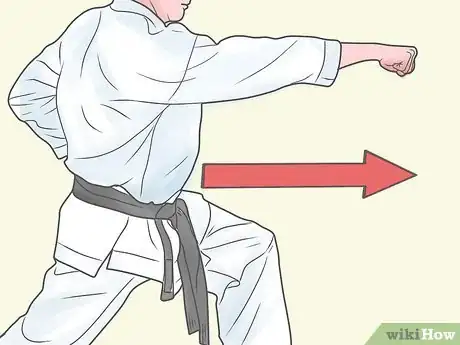
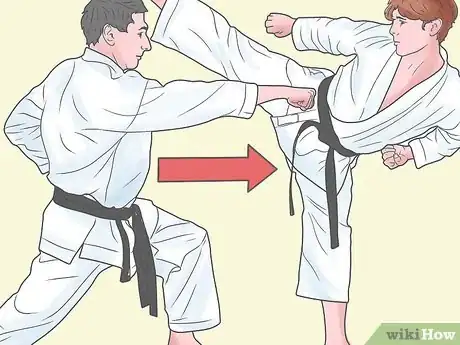
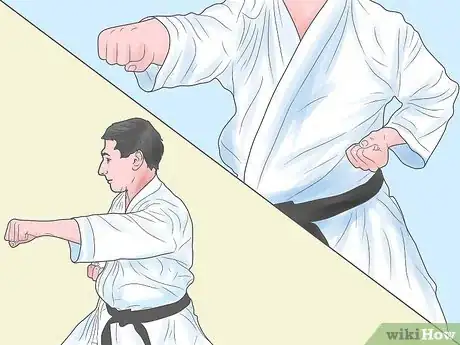
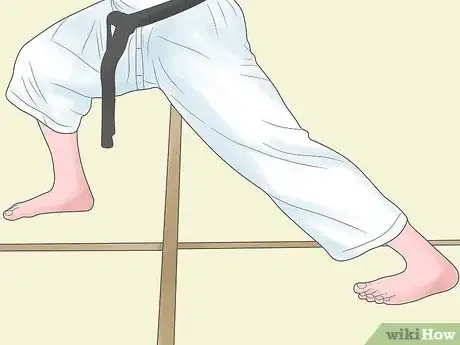
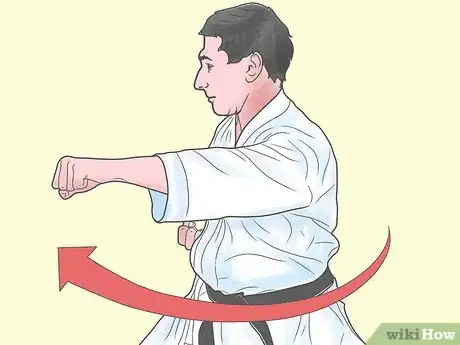
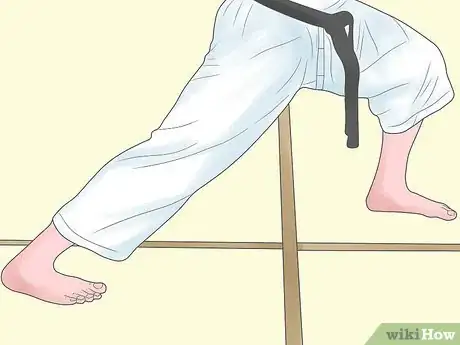
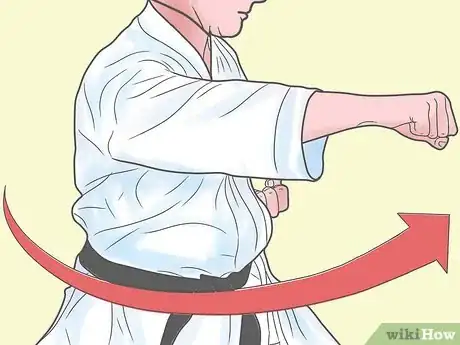
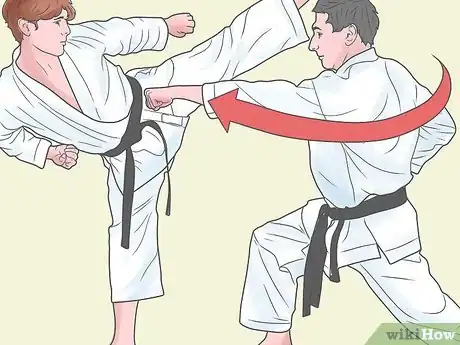
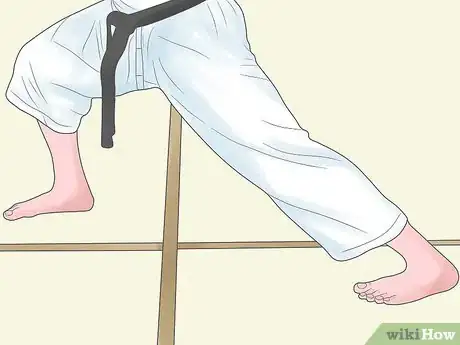
-Step-7-Version-2.webp)
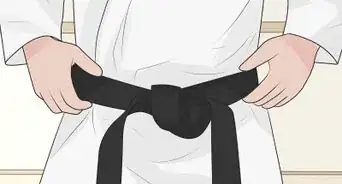
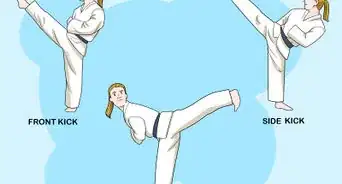
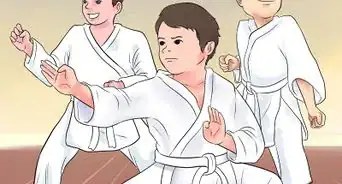
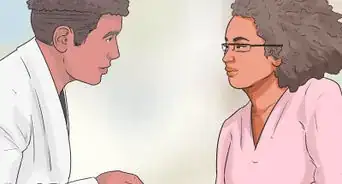
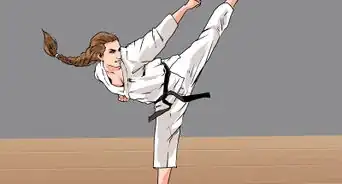
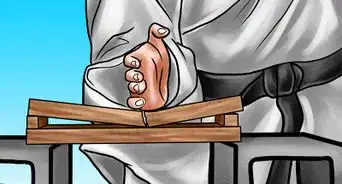
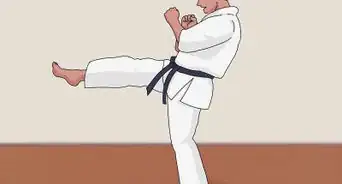
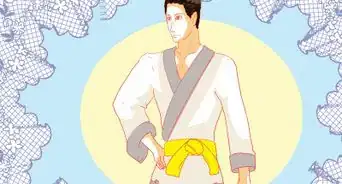








-Step-7-Version-2.webp)
